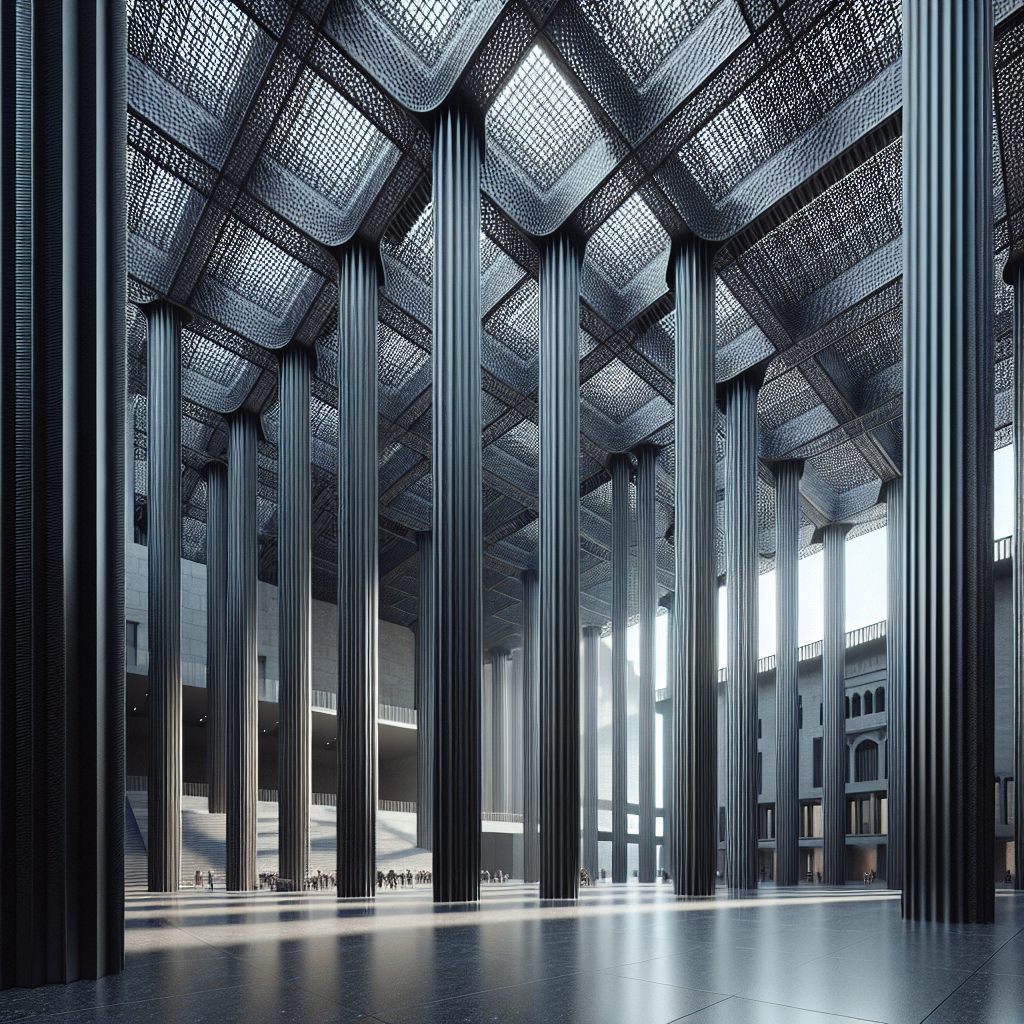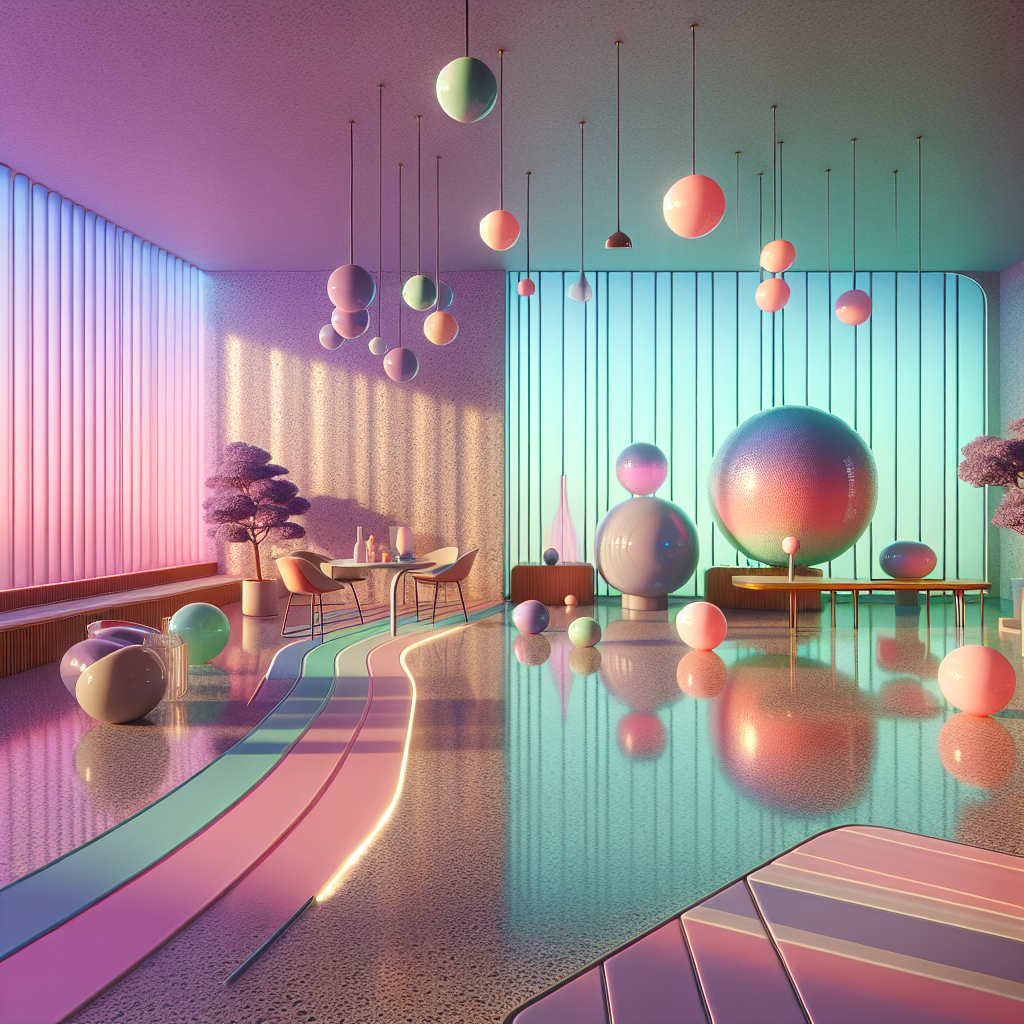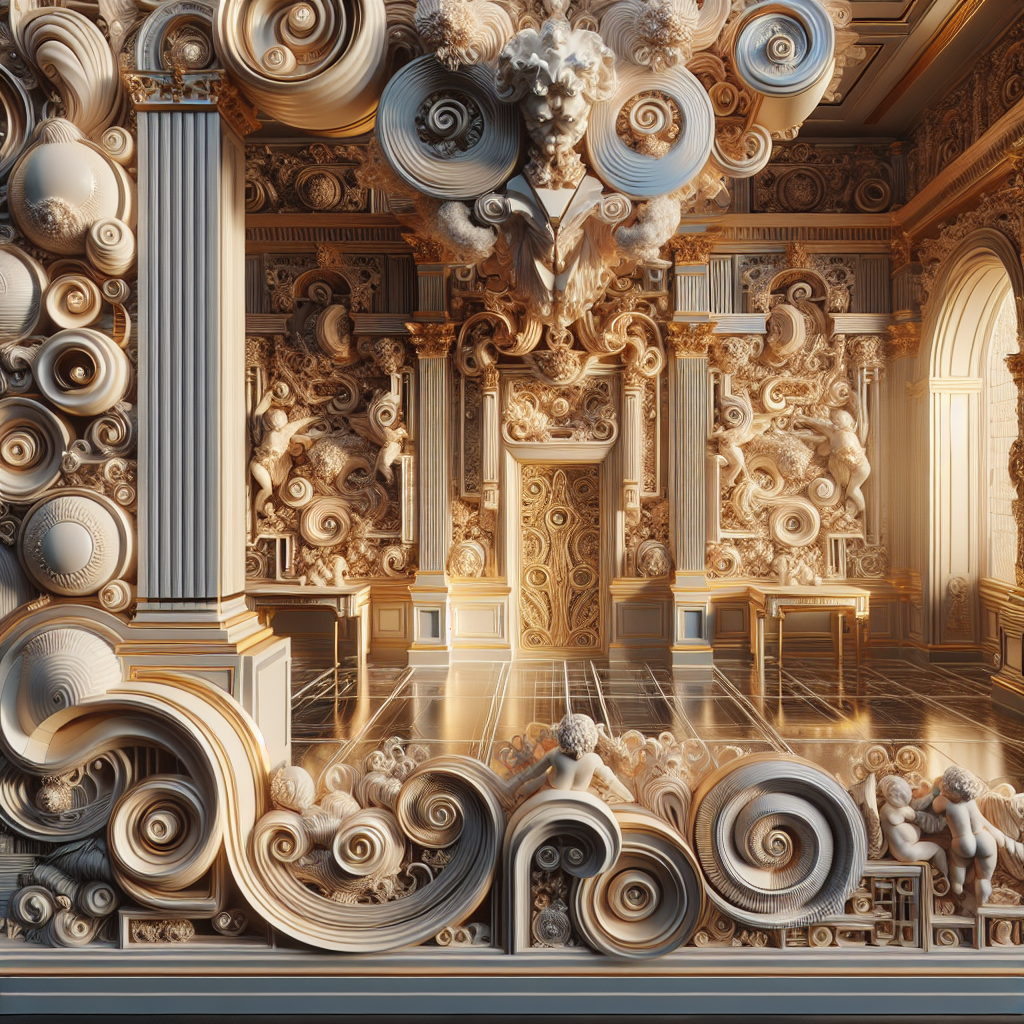Interpreting the Design Vernacular of Pop Culture: A Deep Dive into Iconic Film and Television Set Designs
Within the dynamic realm of film and television, production design often serves as an unsung hero, fashioning worlds that not only enamor audiences but also shape pop culture sensibilities. The artistry imbued in the set designs, an integral part of this production design landscape, distills stories, characters, and epochs into tangible, visual languages, transcending the screen to infiltrate mainstream design trends and aesthetics.
Set Design as a Storytelling Medium
Consider the cerebral complexity of Christopher Nolan’s “Inception” or the eerie nostalgia evoked by the quaint, small-town tableau in “Stranger Things”. These productions, characterized by their palpable design identities, highlight the potential of set design as an impactful storytelling medium.
Mid-century Aesthetic: Mad Men and the Resurgence of Retro Design
“Mad Men”, the critically acclaimed series set in the 1960s, undoubtedly left an indelible mark on the design realm. Its meticulous depiction of mid-century modern style, characterized by clean lines, geometric forms, and organic influences, catalyzed a resurgence of retro design in modern interiors. Furniture pieces showcased in the series, from Eames lounge chairs to Noguchi coffee tables, transformed into design icons, highlighting how set designs can catalyze design revolutions beyond the cinematic universe.
Futuristic Minimalism: Ex Machina and the Metamorphosis of High-tech Design
On the flip side, “Ex Machina”, the groundbreaking sci-fi film, illuminated the allure of futuristic minimalism. The film’s isolated, ultra-modern architectural marvel mirrored the sophisticated AI narrative, intertwining design with story and character development. Its minimalist aesthetics, blending organic and artificial elements, sparked dialogue in the design world about the future of high-tech interiors and sustainable architecture, reiterating the influential role of set designs in molding design discourses.
Quintessential Quirk: Wes Anderson’s Films and the Birth of Symmetrical Eccentricity
No exploration of set design could be complete without a nod to Wes Anderson’s distinctive design style. His films, from “The Royal Tenenbaums” to “The Grand Budapest Hotel”, display an eccentric yet meticulous design language. The eccentric color palettes, the deliberate symmetry, and the obsessive detail in each set have created a unique, recognizable “Andersonian” aesthetic. This distinct style has influenced various design fields, including architecture, interior, and graphic design, underlining the far-reaching impact of inventive set designs.
The Gothic Revival: Tim Burton and the Rekindling of Dark Romanticism
Equally impactful, Tim Burton’s Gothic aesthetics in movies such as “Edward Scissorhands” or “Sleepy Hollow” have revived the romanticism of dark, Victorian-era designs. Burton’s usage of dark color palettes, spiraling structures, and asymmetrical designs echo a twisted beauty, a style that has permeated the realms of fashion, interior design, and architecture.
The Influence of Pop Culture on Design
In essence, the design language of pop culture extends beyond mere entertainment, serving as a conduit for visual storytelling, shaping real-world design sensibilities, and influencing socio-cultural paradigms. While more movies and series continue to inspire and challenge design conventions, this intertwined relationship between design and popular culture promises an intriguing future, ripe for exploration and innovation.





